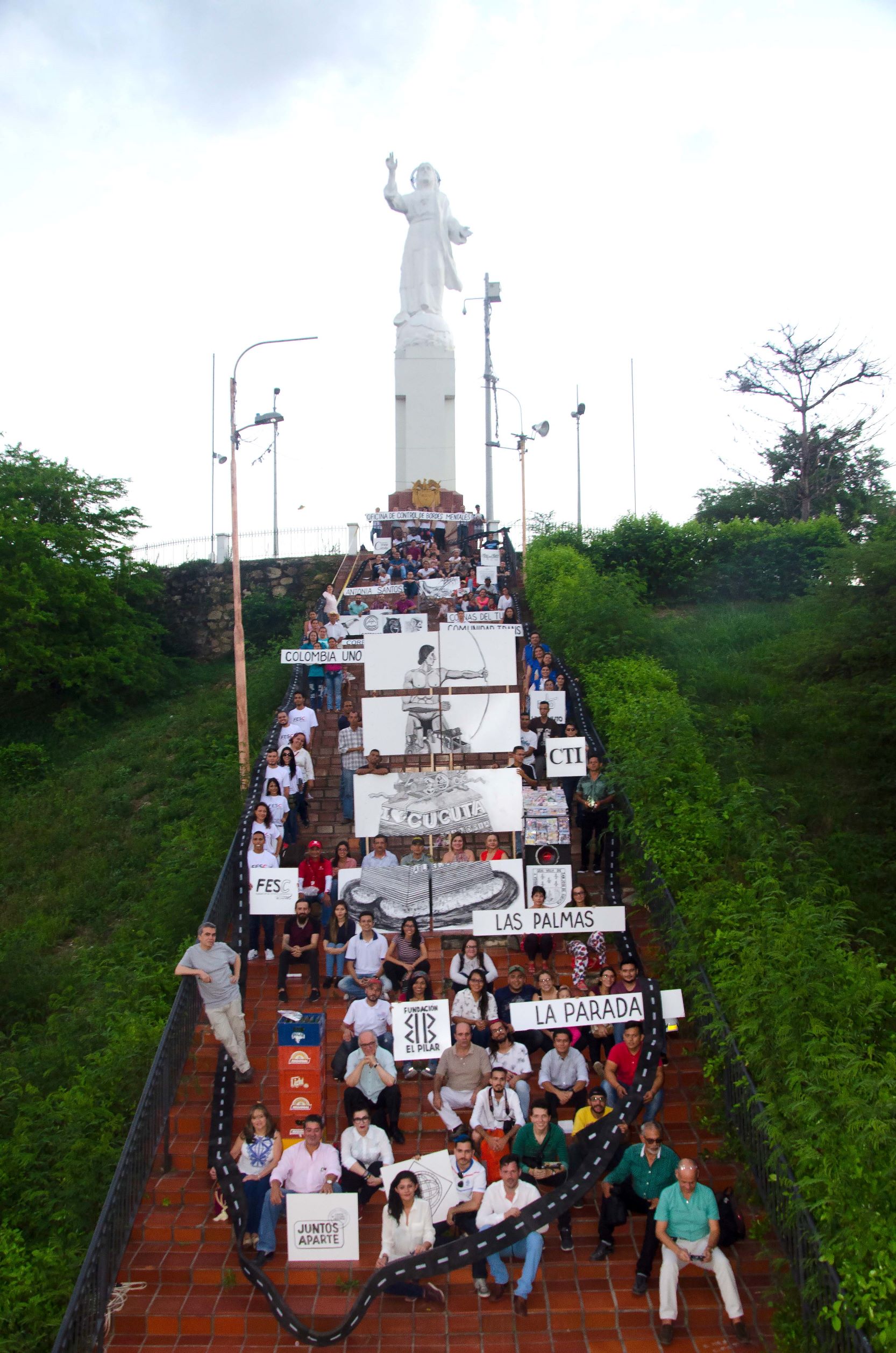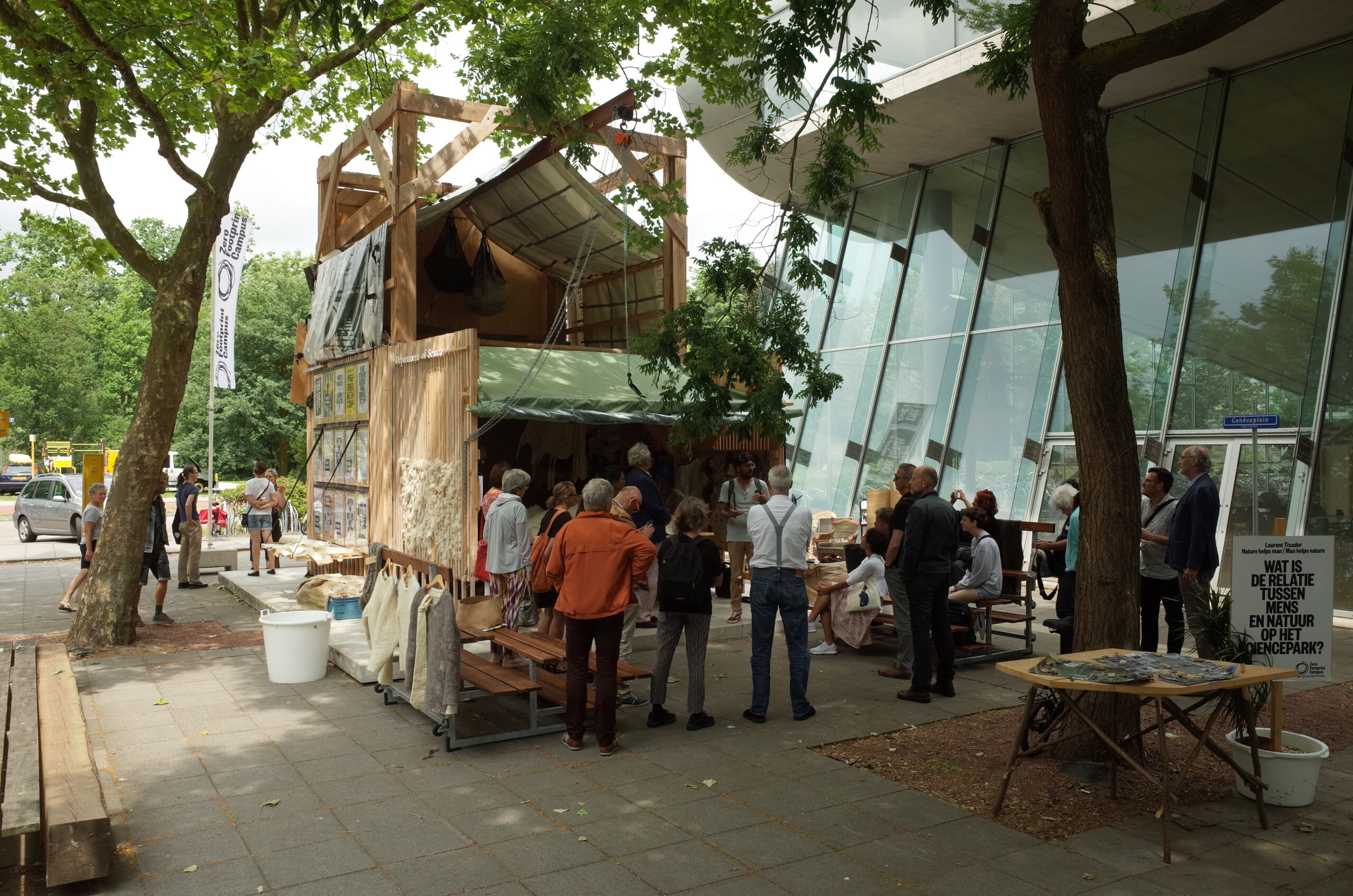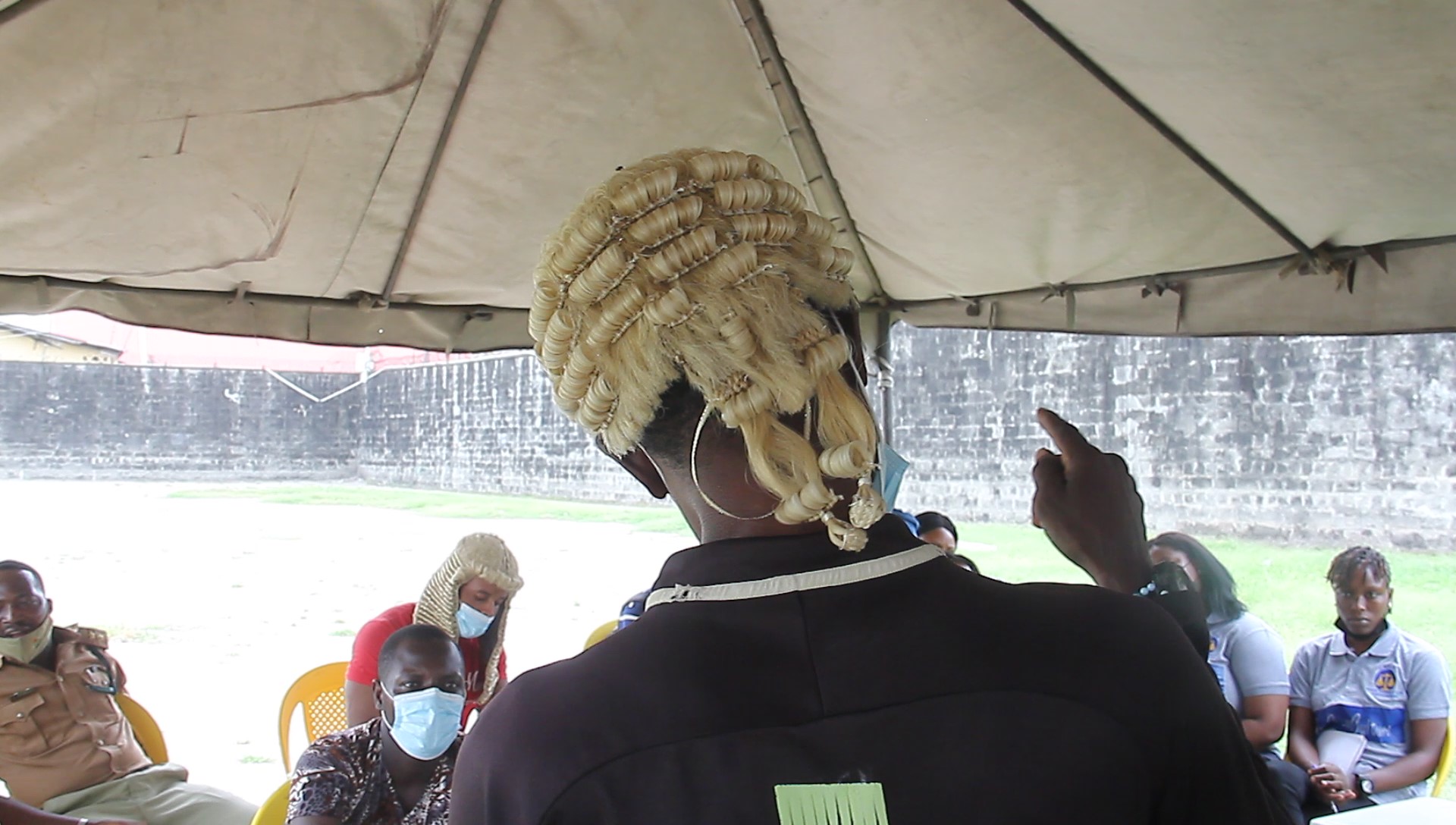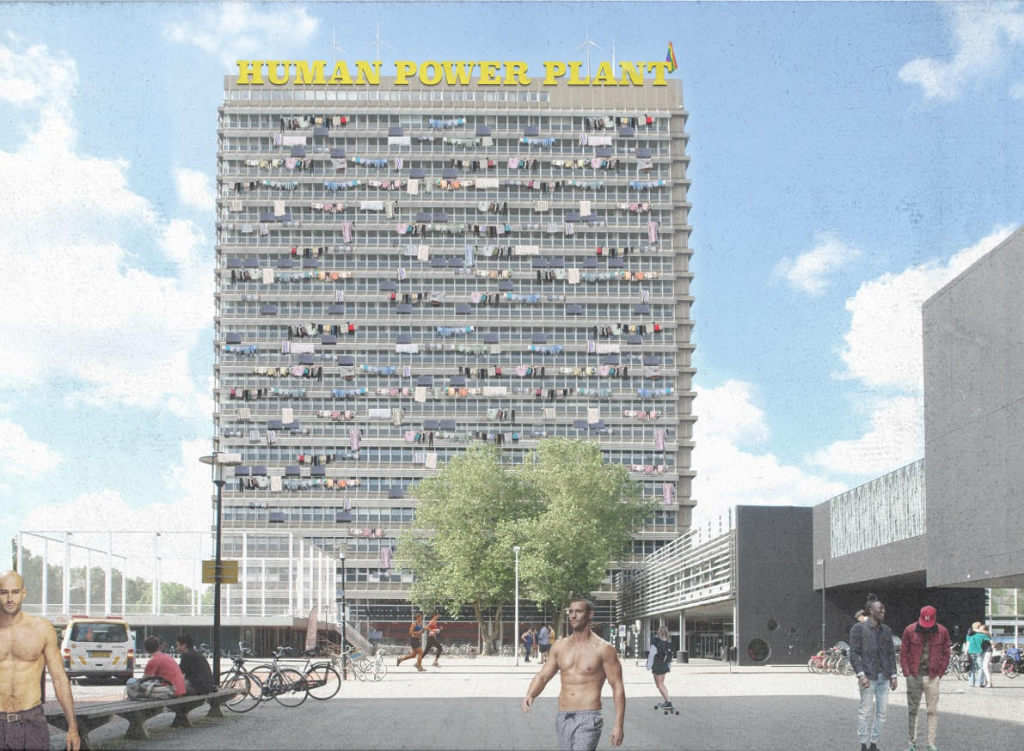
Mental Border Control
Podcast (English)
Podcast (Dutch)
Since the Iron curtain fell in 1989, new physical borders emerged all over the world. The loss of an old world order sparked new conflict zones. Today building capacity and surveillance technology is so advanced it becomes attractive to Nation States to raise more, longer and stronger walls. What effect do these walls have on our habitat?
Cúcuta is a city on the border between Colombia and Venezuela. This is the place to learn how communities live with a border in their backyards. When the Maduro regime unleashed the migration crisis in 2016, the Mental Border Control, was born as an artistic research project to locate, visualise, and learn from the mental borders of the communities living in Cúcuta.
[masterslider id=”63″]
2017 Fieldwork
The research started in 2017 with the invitation of the “El Pilar” Foundation to establish a context laboratory for the first BIENALSUR ‘Together apart’. The lab had the objective to establish the basis of what will be the Centre for Border Studies in Cúcuta.
As a first stage, the MBC team explored Cúcuta for five weeks asking the question: What is the effect of the border on communities, animals, products and things? Hidden beneath the surface, we discovered how locals have found many ingenious ways to benefit from living on the border. The informal city undermines, penetrates and blooms behind the formal borders. The MBC team interviewd twelve Cúcutanians. Watch the video’s on youtube.
[masterslider id=”64″]
The next step was to dig deeper under the surface to discover how locals have found many ingenious ways to benefit from living on the border. Here are some drawings of typical border jobs. that formally don’t exist.
[masterslider id=”70″]
Collective Action
As a final result of the context lab we organised a group selfie at the Cristo Rey monument in Cúcuta on the 5th of December 2017. This monument was erected after the city was destroyed by the earthquake of 1875 and commemorates the collective spirit of the cucuteños who rebuilt the city together. At the time of the event, the monument was considered too dangerous to visit. As a symbolic act 115 people from different communities crossed this collective mental border in Cúcuta by making this photo together.
[masterslider id=”66″]
The group selfie under the neglected monument became news. And in 2019 the monument was renovated and upgraded to a touristic viewpoint.
[masterslider id=”71″]
2019 Center for Border Studies
Mental borders affect the quality of the public space. The less people experience the city as an open space, the less there are options for civilised social development. Cúcuta is an extreme example where public space became a battlefield after the influx of the Venesuelan refugees. The refugees are outlaws wandering the streets, the rich withdraw in their gated communities, and all kinds of self interest groups claim their territory with force.
For the second context laboratory, presented at the second Bienal in 2019, the main research question was: How do communities organise their communal space and how do they draw their mental borders in the city that is so hostile? We chose to work with three communities; the Antonia Santos neighbourhood, established in the 1960s by Colombian factory workers who worked just over the border in Venezuela to produce jeans (after Maduro threw them out they started an underground factory in their neighbourhood), the Seis de Reyes settlement, one of the new favela’s built by the new refugees from Venezuela (this unclaimed land just outside of the city gets occupied gradually) and the Las Palmas gated community, a walled neighbourhood built in the 1970s, now in the middle of the conflict zone on the border with Venezuela.
[masterslider id=”67″]
MBC context lab
The MBC context lab was based in the ministry of Culture in Cúcuta. During the Together Apart Bienal 2019 the lab gave room to initiatives from the three communities. A research team of students from three universities (Uniminuto, Francisco José de Paula and Pamplona) set up a field work program in each neighbourhood. Mapping the official borders and matching them with the informal mental borders of the residents by interviewing locals on how the community organised the public space and social care. From these examples the students drafted a strategy on how citizens could generate a public space strong enough to withstand and overcome the mental borders of Cúcuta. The results were presented at the opening of the exhibition.
[masterslider id=”68″]
Centre for Border Studies (CEF)
Through theoretical and artistic field work, The Centre for Border Studies (CEF) shows not only the impact of mental borders, but also how communities work around them. The MBC action research resulted in implementing the conceptual framework of the Centre for Border Studies into the curatorship of the upcoming Bienal.
Location Cucuta, Colombia
Period 2017 – 2019
Artistic team Dan Gamboa Bohórquez, Natalia Castillo, Melle Smets
Juntos Aparte team Alex brahim, Mónica Villamizar, Ledys Soto, Maria José Jaimes, Stephanie quintero, Juan carvajal, Lara Marín, Leonardo Mesa, Javier López
Production manager MBC team Catalina Fuentes
Community leaders Johanna Gutiérrez, Trino Ortega, Gloria de Navas
MBC fieldwork & research team Elkin España, Valeria Polo, Sibia Guerrero, Husein Rodriguez, María Valeria González, Saira Carely Lázaro, Ivana Isabel Sanchez, Hasly Jasneyra Sarmiento, Jorge Niño, Lina Fernanda Guevara, Danny Aldemar Aranzazu, Juan Manuel Mesa, Camilo Andrés Vásquez
Photography Oscar Mesa
Exhibition production Daniel Grimaldos, Rolando Ceròn, Eduardo Sandoval, Mauricio Roso
Special thanks to Sonia Ballesteros, Magda Martinez, Trino Ortega, Carlos Vergel, Erika Ayala, Yanet Sierra, Mayrene Cobaria, Stephanie Sarmiento, Carlos Saladén Vargas
Commisioned by TOGETHER APART takes place within the framework of BIENALSUR program, the first International Biennial of Contemporary Art in South America. https://juntosaparte.com/
Funding USAID
Partners El Pilar foundation, Uniminuto University, Francisco de Paula Santander University, FESC university, Corporation Cultural Cucuta, Pamplona University


